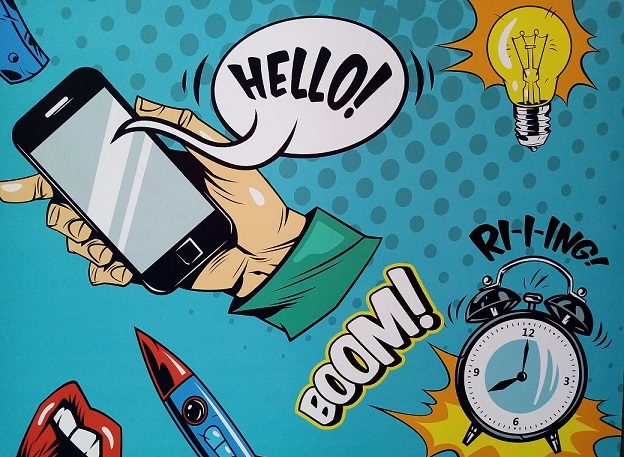Remote Medical Interpreting Course
Remote interpreting is a great solution for quick-response services, and it allows interpreters of minority languages to provide their services nationwide.
A professional remote interpreter needs to have a background and dress professionally even when at home.
On-site interpreting works best in situations where rapport is needed, like in mental health services. On the other hand, remote interpreting works best when the interpreter needs to have various resources at hand.
Accountability for an interpreter is as important as language skills, so a stable internet connection is paramount for offering remote interpreting services.
In face-to-face medical interpreting sessions, the correct body position of a professional interpreter must be taken into account. The interpreter has to let the speakers face each other for better rapport between them, and should sit slightly behind, not to interfere in the conversation. In online medical interpreting settings, the position of the devices is extremely important for the interpreter to see or hear the participants correctly.
A professional interpreter must wear professional clothes, including a badge for recognition, and should always carry pen and paper to take notes. This is also true for online interpreting sessions, during which interpreters can also use their computer to take notes.
Professional interpreters can be certified by official bodies to prove their skills. A professional interpreter grants the smooth flow of the speech or meeting. Online medical interpreters can also be trained and certified to work with US healthcare providers, even if they do not reside in the US.
To get trained and access the US certifications for medical interpreters, click on MiTio’s link.






